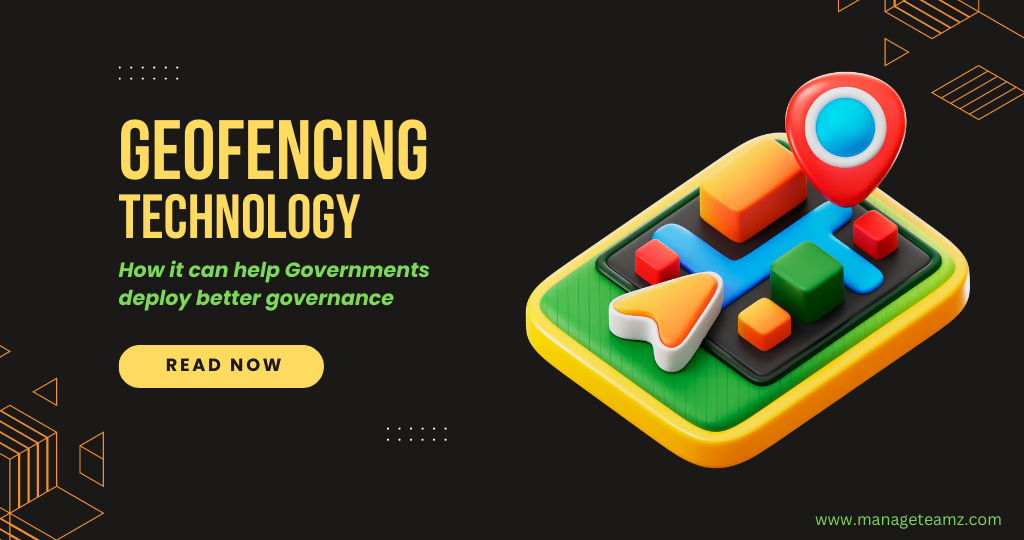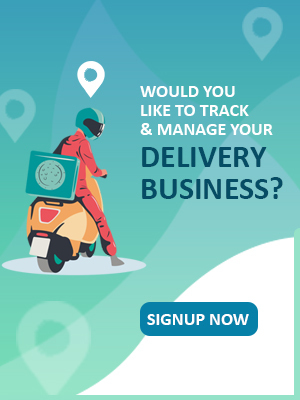The holiday shopping season heralds a period of frenzy for businesses as they start the busiest delivery period when customer expectations are at their highest. All elements of the buying experience, including shipping, are subject to these requirements. Faster delivery times were cited by 68% of buyers as an important consideration when making an online purchase.
Whether it’s positive or negative, customers’ last-mile delivery experiences will stick with them through the holiday season and into the next season as well. Due to persistent supply chain issues, shipping hold-ups, and the nature of holiday shopping itself, it is more difficult than ever for retail firms to make a good first impression. When they lack the resources, staff, and procedures necessary to guarantee that each delivery fulfils the needs of the consumer on every occasion, how can they guarantee a high-quality experience?
Retailers are increasingly turning to last-mile delivery management system partners to efficiently address this issue. Strong cooperation is essential all year long, but it becomes much more crucial during busy periods like the holiday shopping season when the frequency of deliveries increases and many things necessitate careful handling.
In green delivery logistics, as a result of various national and international organizations requiring greater sustainability among businesses and more consumers favouring green consumption, businesses are committing to net-zero aiming to become as environmentally friendly as possible. Logistics for the first, middle, and last miles are part of the green supply chain.
Importance of sustainable last-mile delivery
Giving customers what they want is crucial, but providing a seamless experience from order to delivery is currently the goal of all merchants around the globe thanks to advanced contemporary technologies. It is essential to providing a top-notch brand experience and maintaining customer loyalty.
In the last mile, the stakes are exceedingly high. The last mile is crucial since a bad delivery may destroy a brand. The new differentiators that brands must concentrate on to achieve customer loyalty include offering delivery monitoring capability, delivering a package fast, and doing so at no cost to the consumer. Due to this, the sustainable last-mile delivery experience is crucial.
What difficulties do last-mile delivery logistics face?
Delivery to the final mile is a difficult procedure that comes with some difficulties that can affect delivery times, prices, and customer satisfaction. Typical issues with last-mile delivery are listed below:
- Congestion: Congestion makes it harder for drivers to arrive at clients on time and can have a substantial influence on delivery delays.
- Low Visibility: Last-mile delivery can be tough to handle because items are hard to trace once they are sent out for delivery, resulting in limited visibility for both logistics providers and customers.
- Missed Deliveries: In last-mile delivery, missed deliveries are a regular problem that can increase expenses for logistics companies and aggravate customers. To ensure that goods are returned to the correct place and processed promptly returns management is a complex procedure that requires a lot of resources and logistical planning.
- Limitations on the delivery window: Clients frequently request certain delivery windows that can be difficult to meet, which can result in missed deliveries and lower customer satisfaction.
- Cost control: Delivering the last mile can be expensive, especially in metropolitan locations where traffic and other difficulties can lengthen delivery times and raise costs.
- Demand unpredictability: Last-mile delivery can be difficult to manage due to demand patterns that are unpredictably high or low, which results in the inefficient use of resources and higher prices.
- Security and Theft: Packages sent via last-mile delivery are vulnerable to theft and damage, which can cause serious financial losses for logistics providers and annoyance for customers.
- Environmental Impact: Due to emissions from delivery vehicles and packaging trash, last-mile delivery can have a major negative impact on the environment.
- Accessibility Issues: Last-mile distribution can be difficult in isolated and rural locations where there may be limited access to roads and other infrastructure, increasing delivery times and costs.
How can businesses benefit from a sustainable last-mile delivery system?
Cost management: Cost control entails not only reducing variable costs but also aligning them with the long-term objectives of your company. This can be helped by resource optimization, and cutting down on empty kilometres, greatly reducing the carbon footprint and saving money on transportation.
Brand loyalty: Most of the brands have a strong commitment to sustainability and environmental responsibility has an 88% higher likelihood of retaining customers. Additionally, consumers want supply chain transparency, and customers keep an eye on a brand’s carbon footprint. A company’s reputation for ethical and open supply chain procedures can give it a competitive advantage.
Reducing risk: Companies can guard against reputational harm by keeping dishonest manufacturers and suppliers away. They can accomplish this by keeping track of and documenting every step of the labor, handling, and material components from beginning to end.
How can companies reduce the environmental impact of last-mile delivery?
Invest in carbon offsets: Companies can make investments in environmental initiatives all around the world to offset their carbon footprints. To attain carbon neutrality, we must cut emissions from one area to another area for emissions. This process is known as carbon offsetting.
Include green delivery as a choice: Customers can choose to get their deliveries later to protect the environment. By enabling companies to handle orders following their particular requirements, they can help fulfil these expectations.
Making a micro-fulfilment plan: Harmful emissions and traffic congestion can be reduced by using improved distribution systems, such as in-store click-and-collect locations, automated lockers, and standalone micro-warehouse facilities.
Deliver packages effectively: Brands can dramatically lower their carbon footprint by reevaluating their packing approach. This can be accomplished in some ways, including choosing recyclable and environmentally friendly packaging materials, using less packaging, producing less trash, and optimizing packing dimensions to suit more packages per vehicle.
Advantages of eco-friendly delivery
These benefits include enhanced productivity, better customer service, lower expenses, better planning, and increased visibility. Businesses can benefit from last-mile tracking in many ways, including the following:
Enhanced efficiency: One of the key benefits of adopting last-mile tracking is that it can enhance your company’s general efficiency. This is so that you can monitor the status of your deliveries in real time and make any necessary modifications as you go. Long-term, this can help save both time and money.
Enhanced customer service: This is because your clients will be able to track the progress of their delivery, allowing them to stay informed of its locations. This can promote loyalty and trust between you and your clients.
Cost savings: One more benefit of employing last-mile tracking is that it can help you cut expenditures. This is because you can always monitor where your deliveries are, allowing you to change the route as needed to cut down on costs. In the long term, this could assist save money for your company.
Enhanced visibility: Using last-mile tracking can also help your company become more visible in general. This is because you will be able to monitor the progress of your delivery in real-time, allowing you to see any possible issues as they arise.
Planning: Another benefit of adopting last-mile tracking is that it might assist in bettering your planning. This is because you can monitor the status of your deliveries in real-time, allowing you to plan your routes. Long-term, this can help save both time and money and achieve a sustainable future.
Conclusion
In today’s globalized world, last-mile delivery plays an important role in businesses and consumers creating a sustainable delivery future without delay. Traffic congestion, missed deliveries, limited visibility, and unpredictable demand are some of the challenges faced by the last mile. To streamline last-mile delivery, technological solutions such as real-time tracking, route optimization, and drones are available.
By embracing these technological solutions, logistics companies are improving their last-mile delivery efficiency and effectiveness, reducing costs, and increasing customer satisfaction. The growth of e-commerce demands logistics companies to stay on top of technological developments and make use of them to ensure last-mile delivery success.
ManageTeamz is a high-quality optimization delivery management software that can help you streamline your delivery operations and adopt eco-friendly strategies. You gain centralized control over your delivery operations and can track your delivery fleet’s real-time location seamlessly.
Like what you’re reading?
Get on a free consultative call with our team of industry experts to explore the possibilities on the subject.






